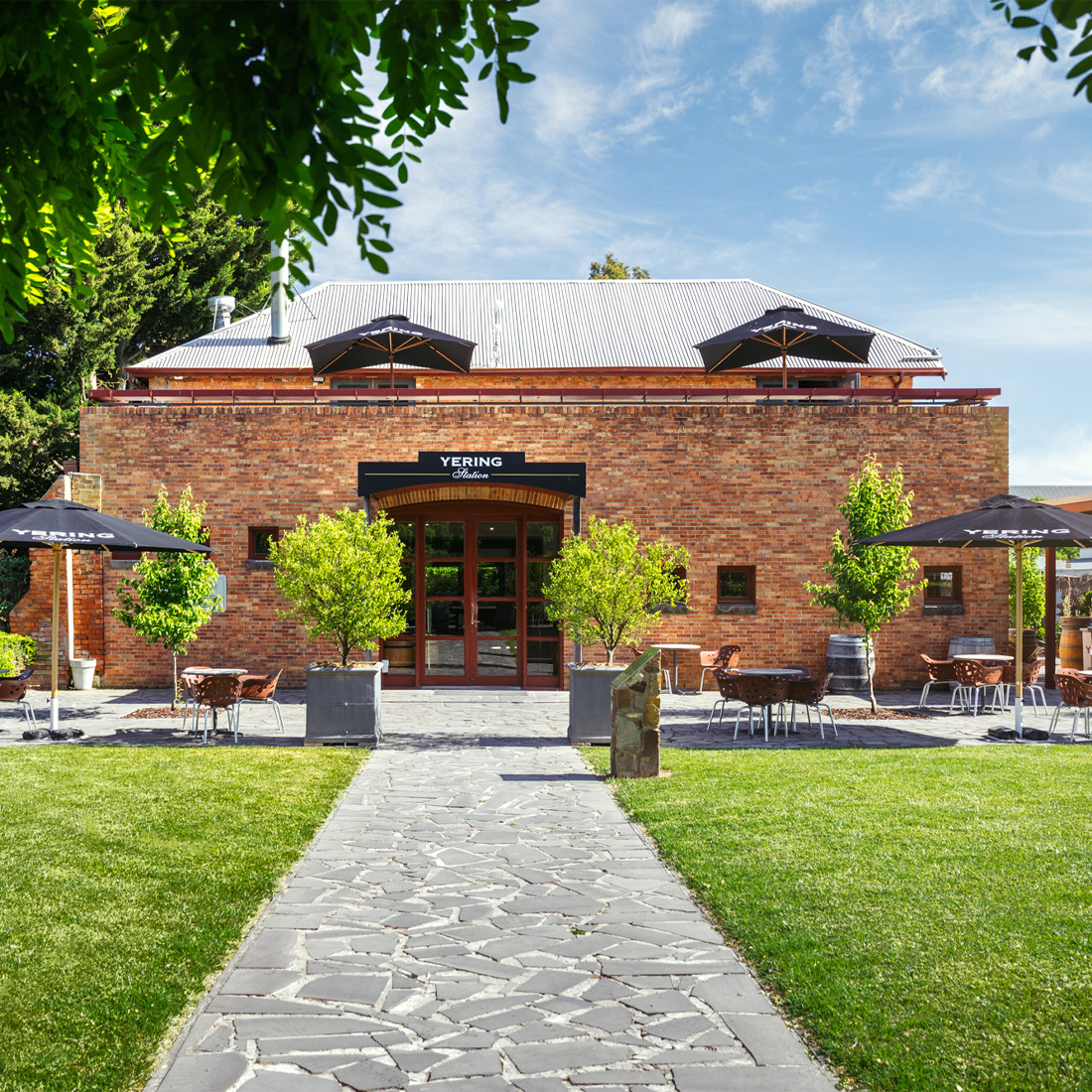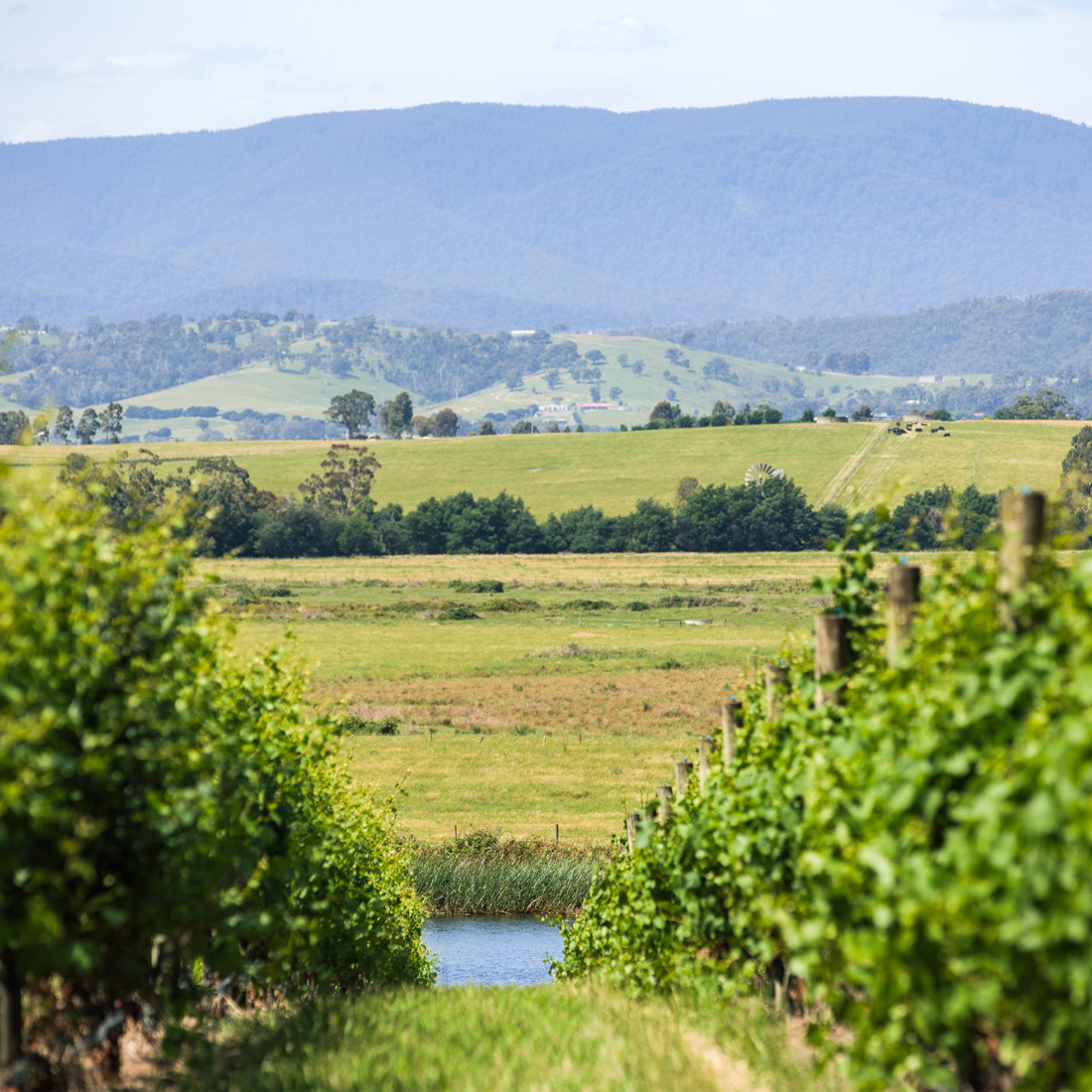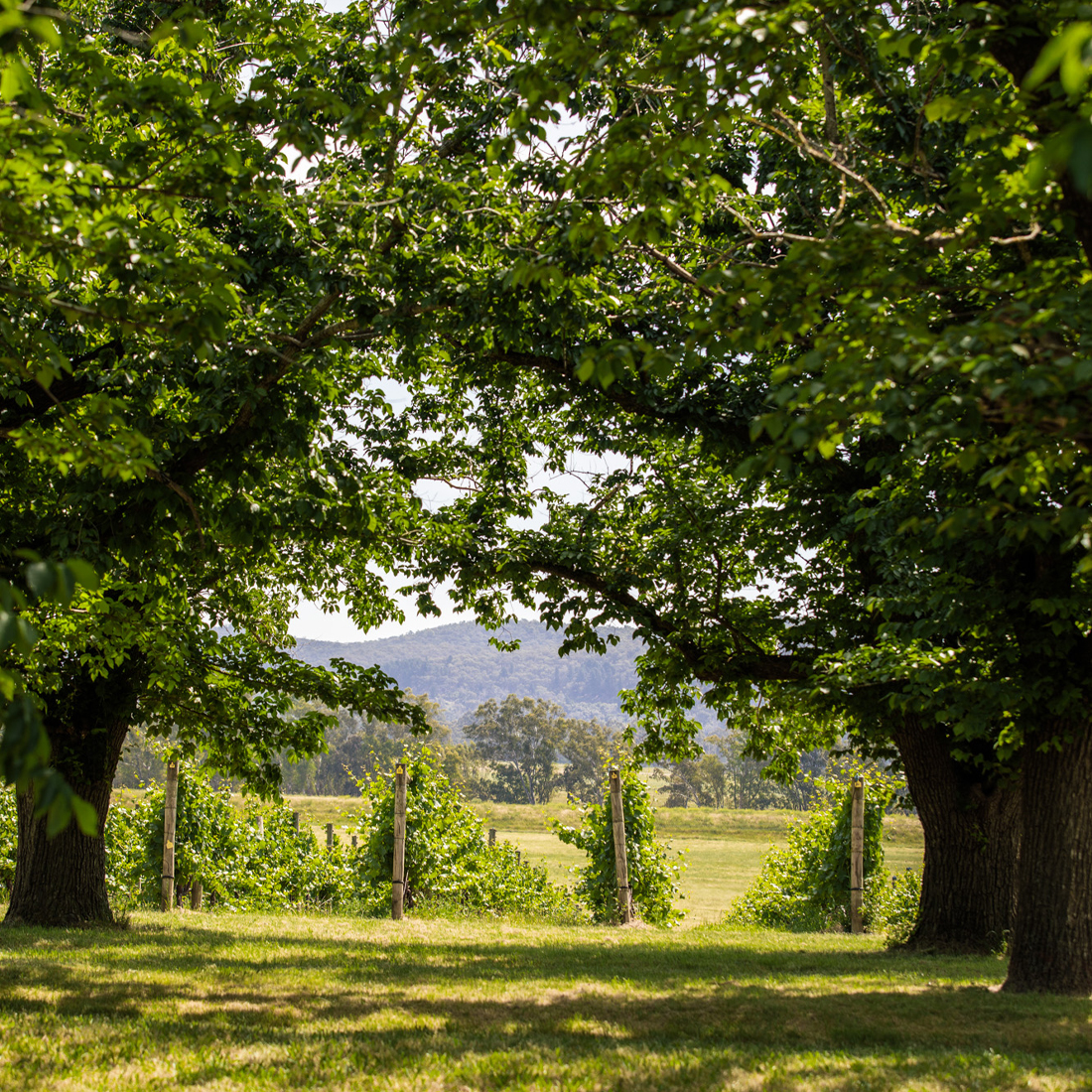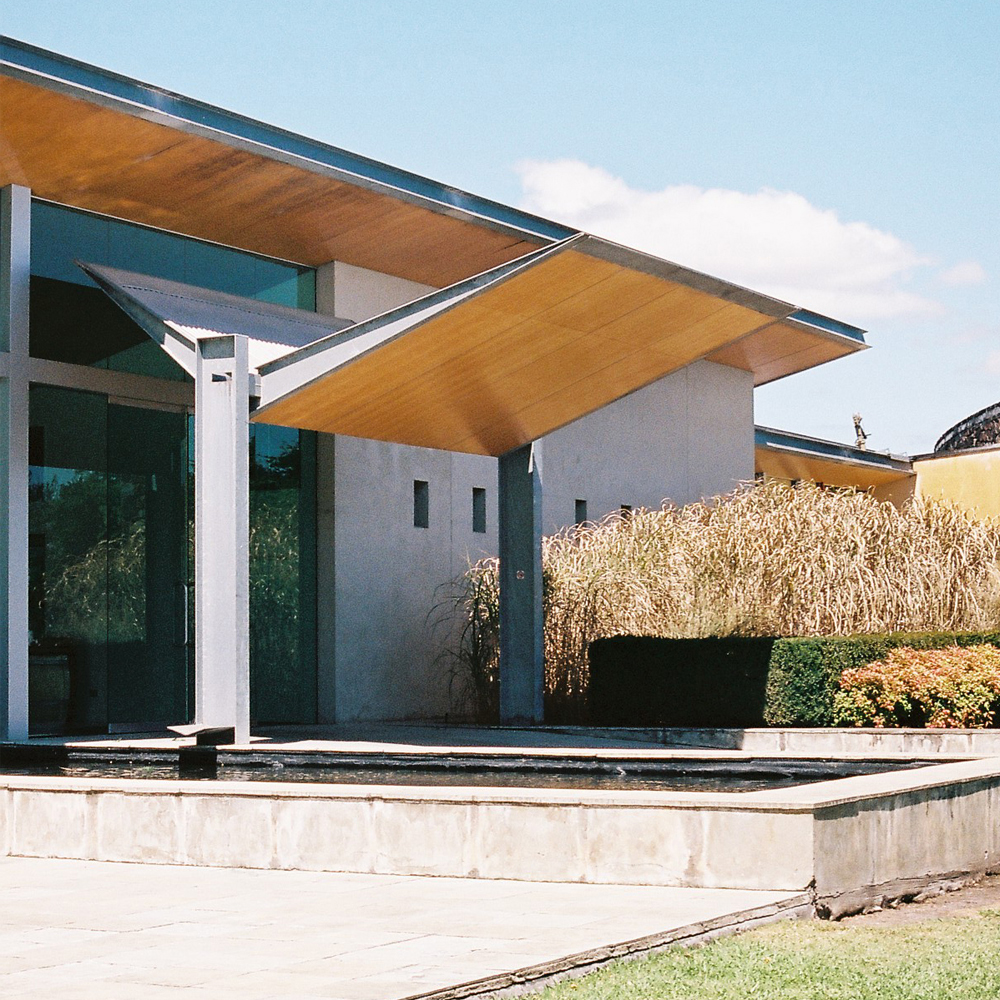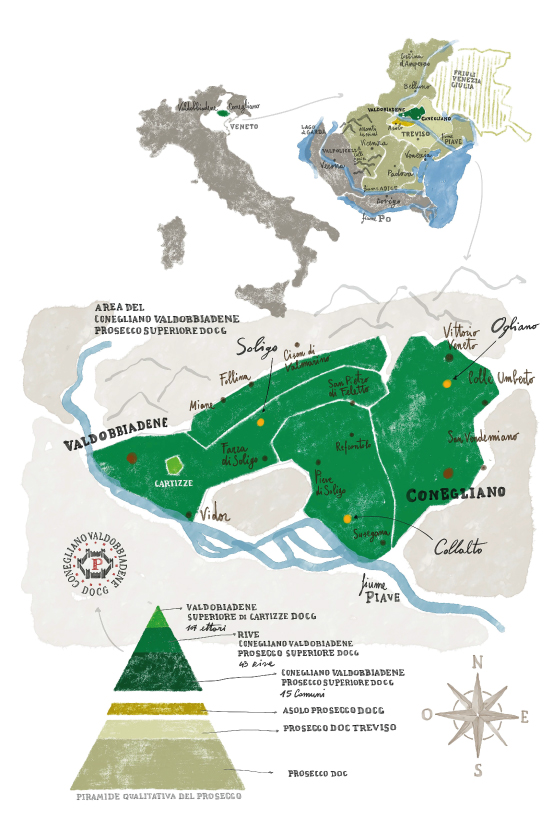
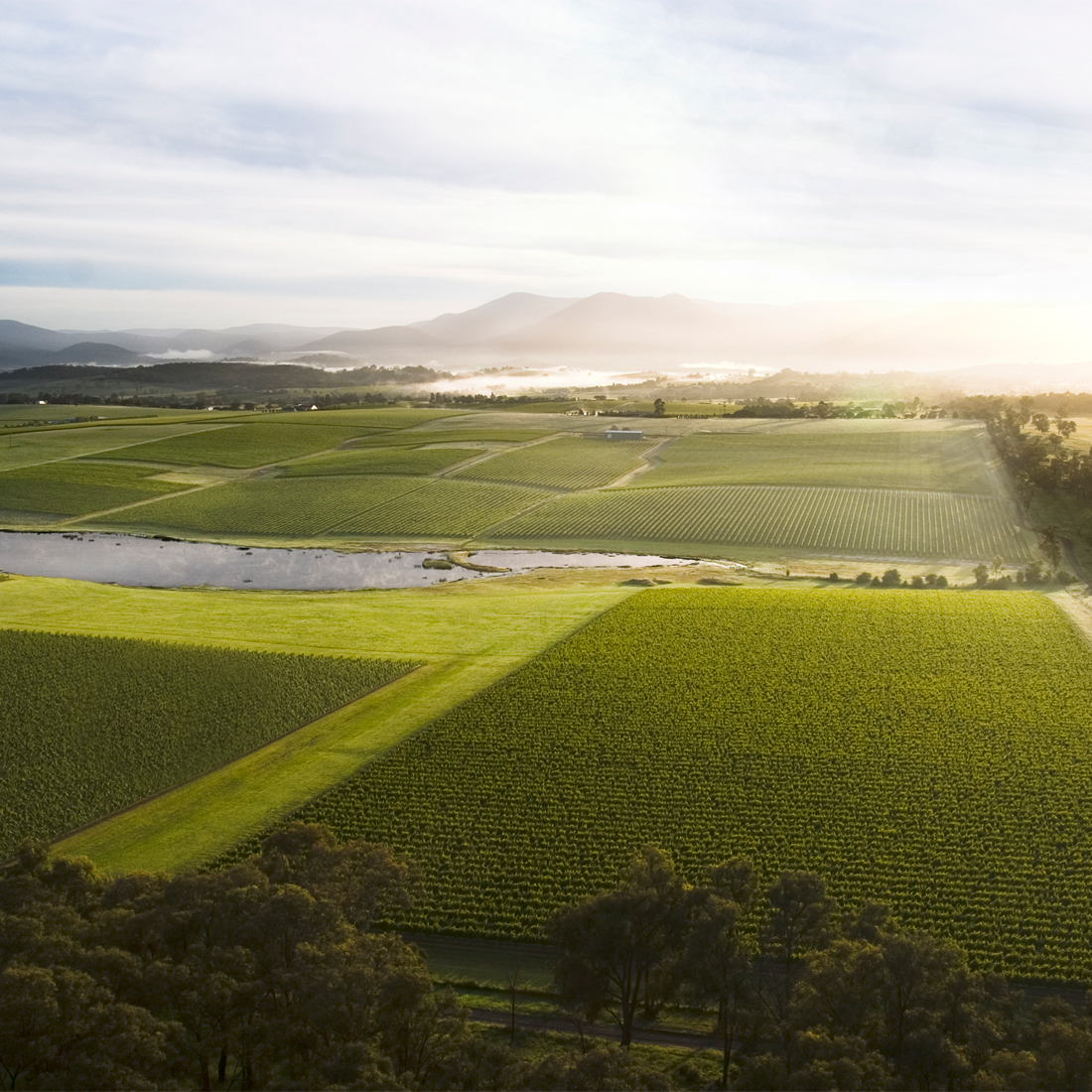
THE COMPANY
In 1838, the Scottish-born Ryrie brothers planted Victoria’s first vineyard at Yering in the Yarra Valley. The site was later sold to Paul de Castella, a Swiss-Italian who expanded the vineyard by 50 acres in 1850 and sourced vines from all over the world, including some from Château Lafite, and made Yarra Valley wine history for over 180 years. After changing hands several times, Yering Station was purchased by the Rathbone family in 1996. The estate consists of five vineyards in the Yarra Glen and Coldstram sub-zones. The approach in the vineyards is based on respect, integrity and knowledge and are carefully managed to ensure the highest quality grapes. The use of precision viticulture techniques is balanced with an artisanal approach to the winemaking process. The Yering Station team’s commitment to the land is profound and careful to ensure sustainability in the vineyard and cellar.





